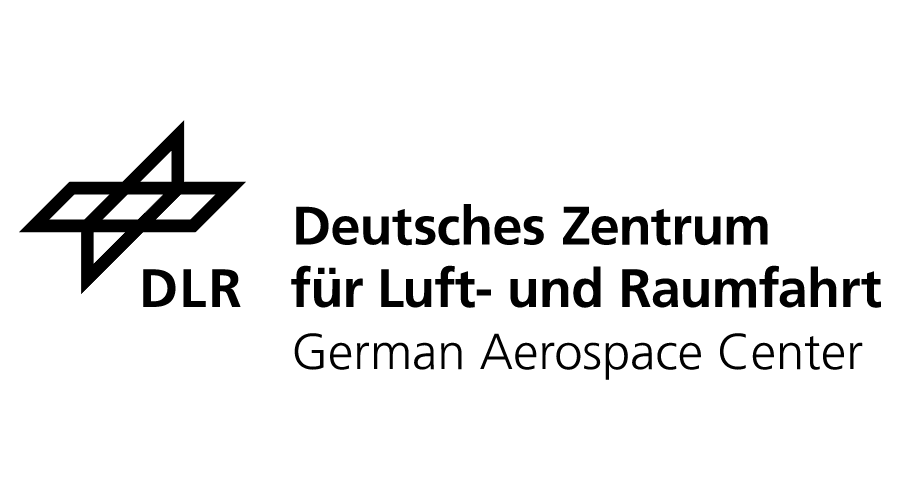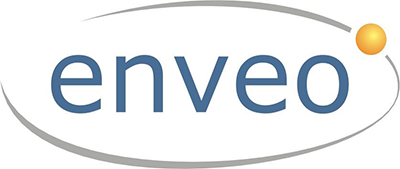Summary
In CryoTipping, we will combine Earth Observation and numerical modelling to detect marine ice sheet instabilities in the Amundsen Sea Sector, focusing on Thwaites glacier. We will make use of the datasets developed within the ESA Antarctic CCI+ project, using observations of grounding line location, ice velocity and surface elevation change. By combining the latest Earth Observation datasets and ice sheet modelling results, our project will investigate the potential of using satellite data to detect early warning signs of the development of marine ice sheet instability in a key glacier of Antarctica and will be the first to integrate observations and modelling, taking into account uncertainties from both, to do so.
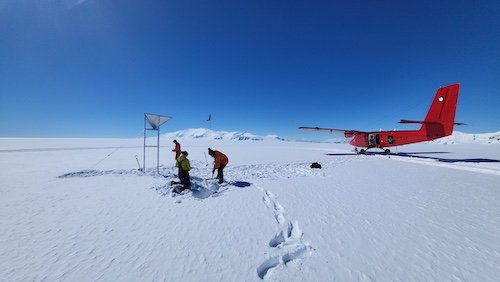
Background
Uncertainties in future sea level rise are dominated by how Antarctica will react to a warming world – in particular whether a tipping point in the West Antarctic Ice Sheet is crossed which could lead to significant sea level rise and dramatic consequences for society. The melting of the Antarctic Ice Sheet could also trigger other tipping points in the climate system by increasing the amount of freshwater into the ocean, so it is critical to assess where and when Antarctic tipping points might be crossed. This knowledge will help stakeholders better prepare for the consequences of climate warming.
Aims and objectives
Earth Observation and numerical models have been instrumental in revealing the rapid changes that have occurred in the cryosphere over the past three decades. There are now satellite measurements of key ice sheet parameters, including measurements of ice sheet grounding line location, surface elevation changes, and ice velocities. However, while monitoring these parameters from space can undoubtedly provide valuable information on the evolution of the Antarctic ice sheet, it is necessary to complement these observations with targeted numerical model simulations to assess whether tipping has already occurred as well as the proximity and timing of tipping points under different climate warming scenarios. In CryoTipping, we will investigate new methods for detecting early warning signs of marine ice sheet instability, making use of numerical ice sheet modelling and satellite observations to contrast the past, present, and future behaviour of the Antarctic ice sheet.
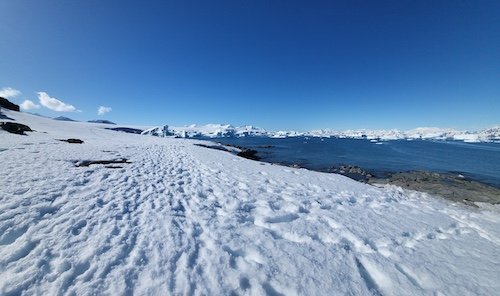
Project plans
We will combine Earth Observation and numerical modelling to detect marine ice sheet instabilities in the Amundsen Sea Sector, focusing on Thwaites glacier. First, we will contrast the observed grounding line migration rates of Thwaites glacier to those modelled over the Holocene period. Second, we will develop a new method to detect tipping points at Thwaites glacier using satellite observations to initialise an ice sheet model and investigate the critical slowdown at the onset of tipping and the potential irreversibility of Thwaites’ retreat over the next centuries.
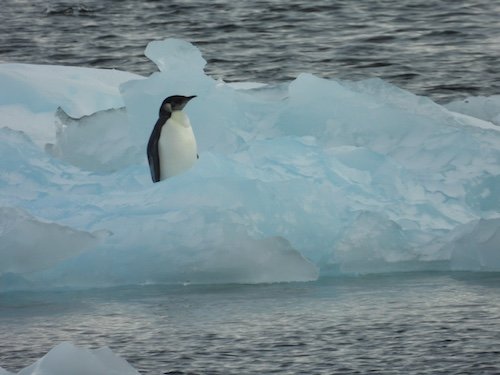
We will update and produce datasets of grounding line migration rates at Thwaites Glacier over the past 20,000 years to present day; generate Earth Observations datasets to initialise and calibrate an ice sheet model; and produce numerical simulations of Thwaites future evolution.
Project Prime: Northumbria University
Project Partner: Deutsches Zentrum fúr Luft- und Raumfahrt (German Aerospace Center)
Project Partner: ENVEO
Science Leader: Dr Inès Otosaka, ines.otosaka@northumbria.ac.uk
Project Manager: Dr Tom Slater, tom.slater@northumbria.ac.uk
Technical Officer: Dr Anna Maria Trofaier, anna.maria.trofaier@esa.int
Latest news & events

CCI colocation & CMUG integration meeting 2026
Annual gathering of the CCI community for ESA programme updates, scientific progress, and forward-looking discussions.
Learn more
Integrating tipping points into climate science: improving monitoring and modelling
Why tipping points in climate change matter – and what must be done
Learn more
New Position: Junior Professional in AI for Climate Science
Opportunity for early-career Artificial Intelligence talent to join ESA’s Actionable Climate Information Section
Learn more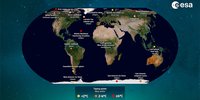
Earth Observation identified as a Key Tool for Tipping Point Preparedness
Space data is considered critical to early-warning and preparing for Tipping point impacts
Learn more
Working for ESA: procurement and proposal submission process
An Introduction to ESA Star - ESA's System for Tendering and Registration
Learn more


